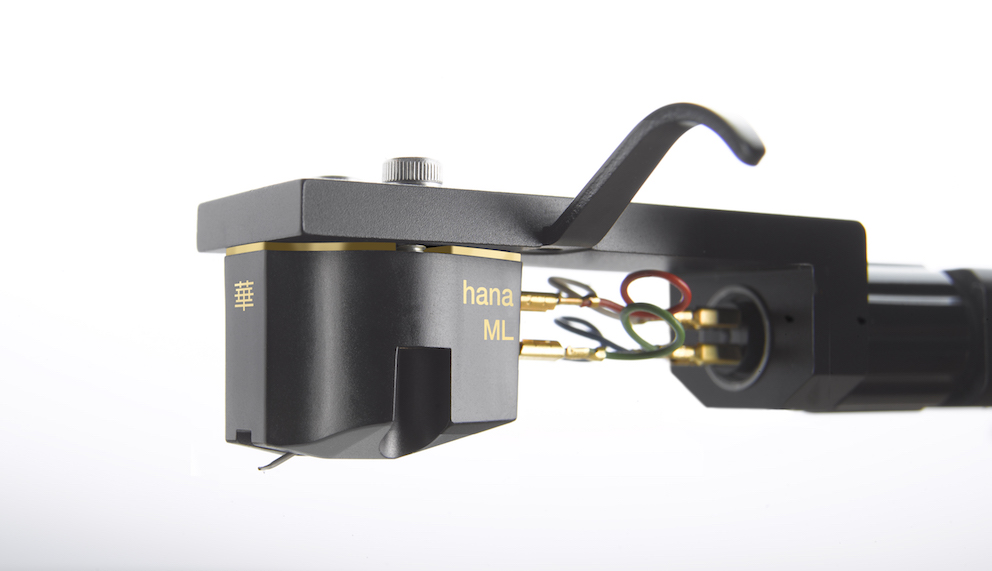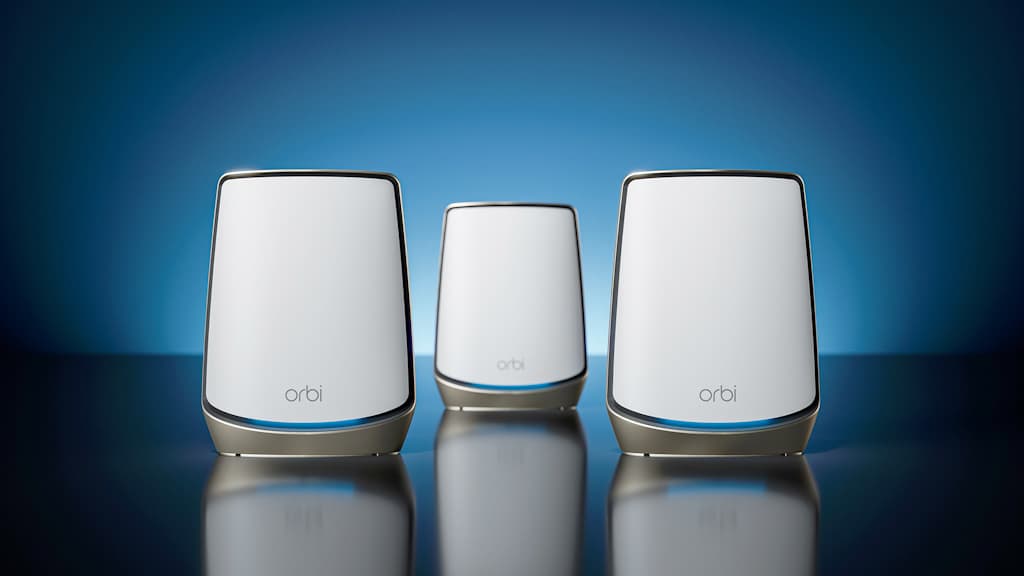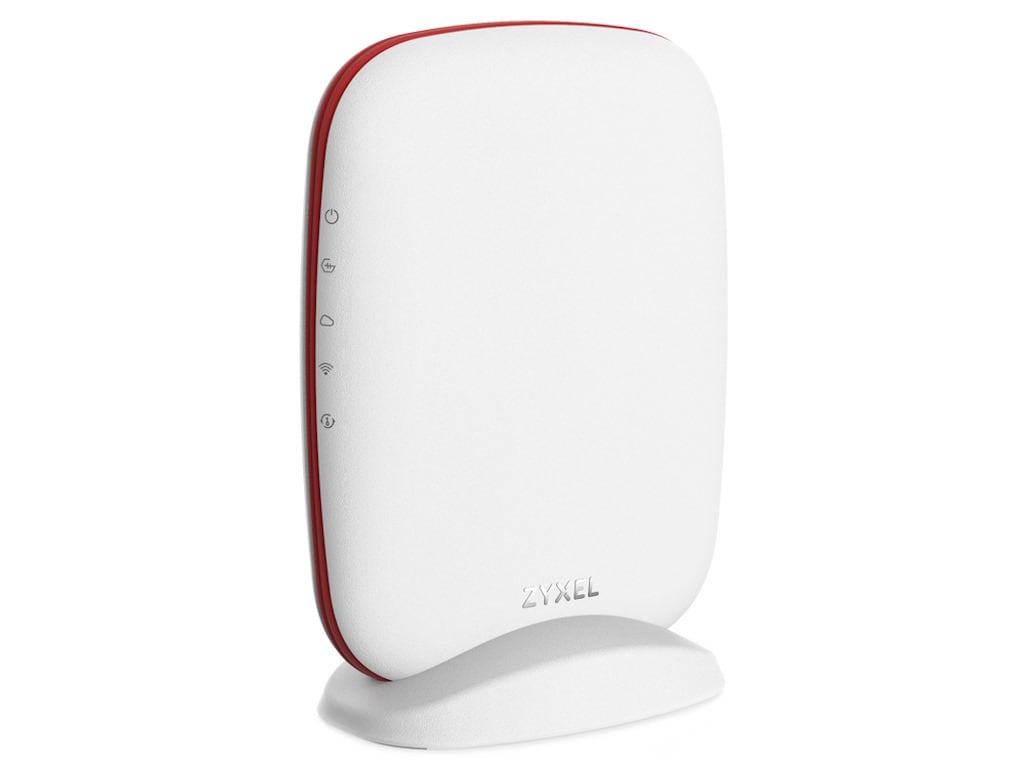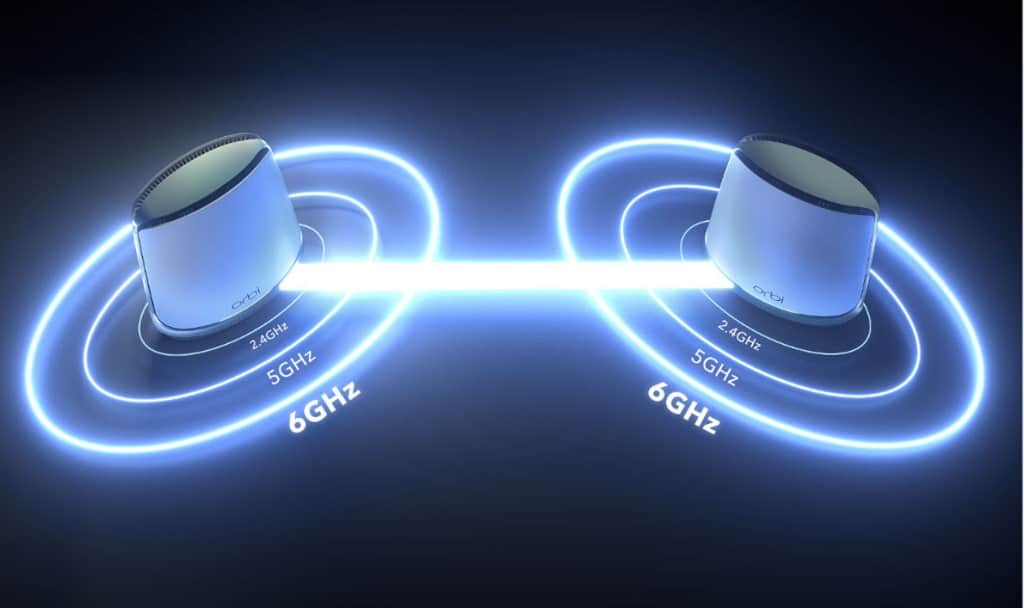-
- 10/1010/10
Summary
Netgear Nighthawk X6S Mesh Range Extender
Dead spots be damned! PAT PILCHER checks out Netgear’s Nighthawk X6S Mesh Range Extender and bids the zombie zone goodbye.
$248.95
 It’s par for the course when setting up a Wi-Fi network: No matter how carefully you place the router, there’s always a wireless reception dead-spot. Making matters worse, the wireless reception dead-zone is usually situated exactly where you most often use connected widgets.
It’s par for the course when setting up a Wi-Fi network: No matter how carefully you place the router, there’s always a wireless reception dead-spot. Making matters worse, the wireless reception dead-zone is usually situated exactly where you most often use connected widgets.
Fixing this can be as easy as installing a Wi-Fi range extender. These typically work as a Wi-Fi repeater, re-broadcasting your router’s Wi-Fi signal, extending its reach.
As good as that sounds, there is a gotcha. Most Wi-Fi extenders create a separate network which you have to re-connect to the separate network when you move around your house.
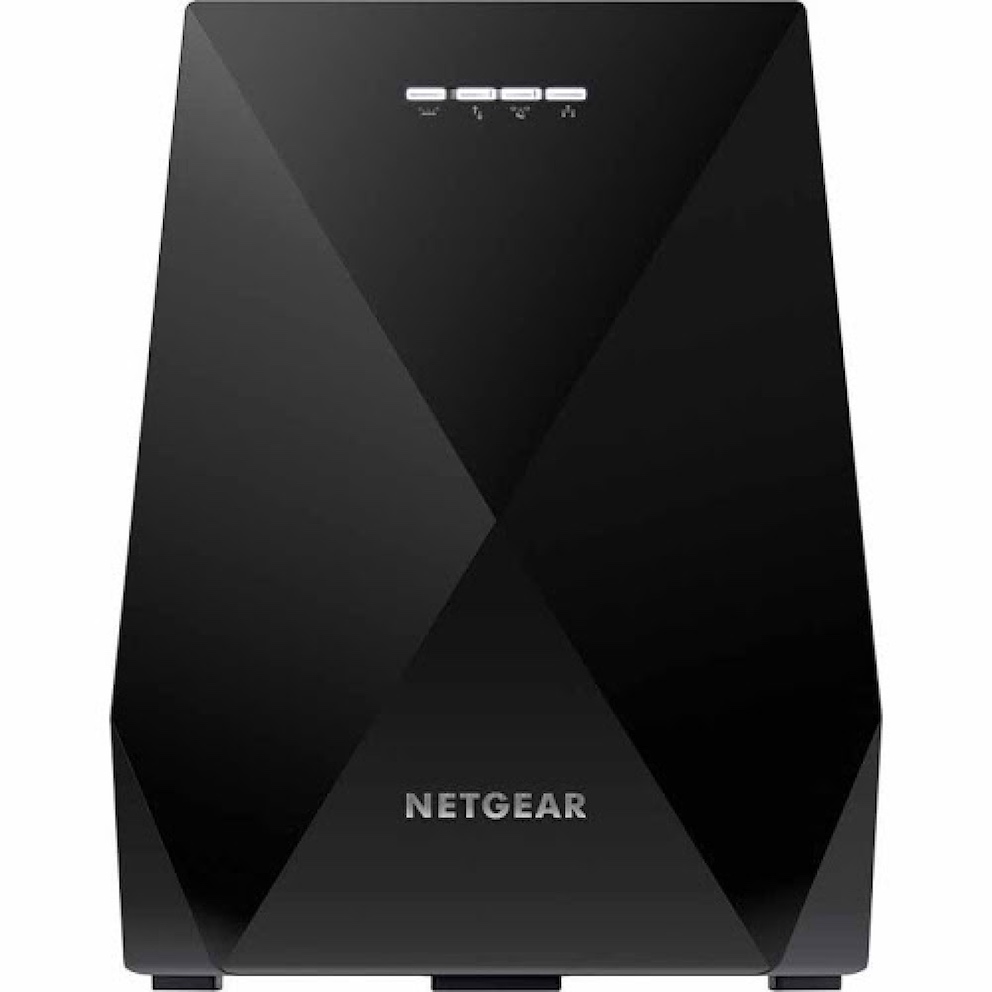 Hearing the frustrated howls of many a geek, Netgear crafted the Nighthawk X6S Tri-Band Wi-Fi Mesh Extender. Like Netgear’s Orbi or Google’s mesh Wi-Fi systems, it uses a dedicated 5GHz radio channel to link back to your router. It also uses the same network name as your router, so connecting is seamless throughout your house.
Hearing the frustrated howls of many a geek, Netgear crafted the Nighthawk X6S Tri-Band Wi-Fi Mesh Extender. Like Netgear’s Orbi or Google’s mesh Wi-Fi systems, it uses a dedicated 5GHz radio channel to link back to your router. It also uses the same network name as your router, so connecting is seamless throughout your house.
Looks-wise the X6S is done out in a black enclosure that stands upright. Because there are no external antennas – all six of its antennas are internal – it’s also able to be more discreet, so it doesn’t look like you have a mutant killer insect tucked away in your dining room.
In fact, about the only time the X6S was ever noticeable was at night because of its eight front-mounted LED indicators. They give you an at-a-glance indication of the crucial signal strength between the extender and the router.
 When setting up, these provide a useful visual cue for where to locate it. A solid white LED equals an optimum connection while amber shows you have an adequate connection and red means a poor connection. Frustratingly, there isn’t any way to turn the LEDs off once you’re up and running and while they’re useful when getting set up, they’re an annoyance afterwards.
When setting up, these provide a useful visual cue for where to locate it. A solid white LED equals an optimum connection while amber shows you have an adequate connection and red means a poor connection. Frustratingly, there isn’t any way to turn the LEDs off once you’re up and running and while they’re useful when getting set up, they’re an annoyance afterwards.
Spinning the X6S around reveals four gigabit LAN ethernet ports which allow you to hook up wired gadgets that are out of reach of your router and a USB 2.0 port for printers. Then there’s wireless pairing, power and reset buttons.
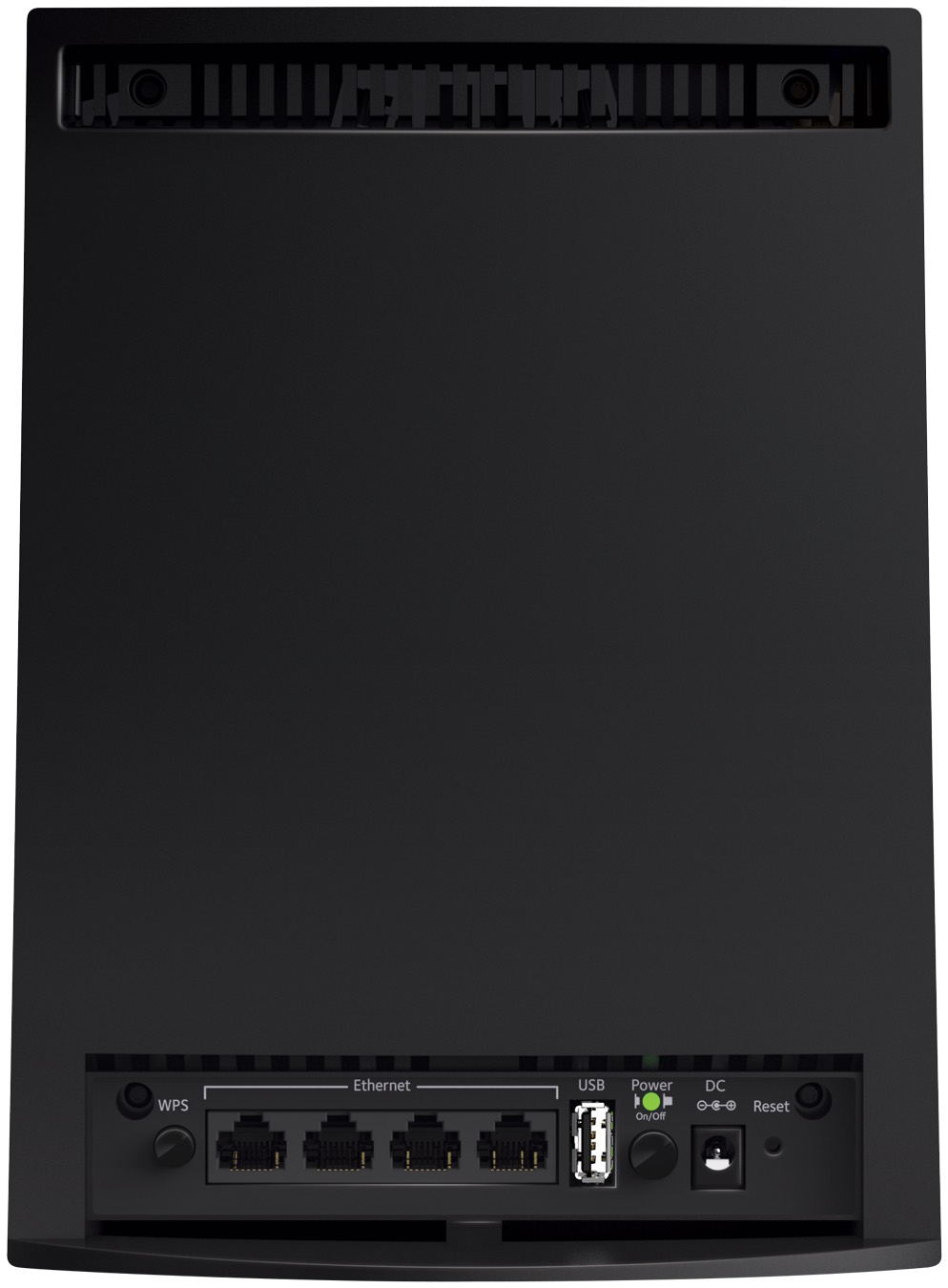 The X6S is an AC3000 tri-band extender that can deliver theoretical speeds of up to 400Mbps on the 2.4GHz band and a brisk 866Mbps on one of its 5GHz bands and a blazing 1,733Mbps on the other 5GHz band. Thanks to a quad-core CPU and 802.11ac plus MU-MIMO (Multi-User Multiple Input, Multiple Output) beamforming, it can also handle a heavy workload.
The X6S is an AC3000 tri-band extender that can deliver theoretical speeds of up to 400Mbps on the 2.4GHz band and a brisk 866Mbps on one of its 5GHz bands and a blazing 1,733Mbps on the other 5GHz band. Thanks to a quad-core CPU and 802.11ac plus MU-MIMO (Multi-User Multiple Input, Multiple Output) beamforming, it can also handle a heavy workload.
As nice as all that is, the real winning spec with the X6S is that it makes use of Netgear’s FastLane3 technology which allows it to connect to a router using a dedicated 5GHz radio. In theory, this means that it isn’t competing with connected clients for bandwidth. The other big win is that the X6S can use the same network ID as your router and will automatically connect you to the strongest signal as you travel from room to room when Smart Connect is enabled. It mightn’t be a wiz-bang, bells and whistles feature, but its smooth, seamless functionality is appreciated.
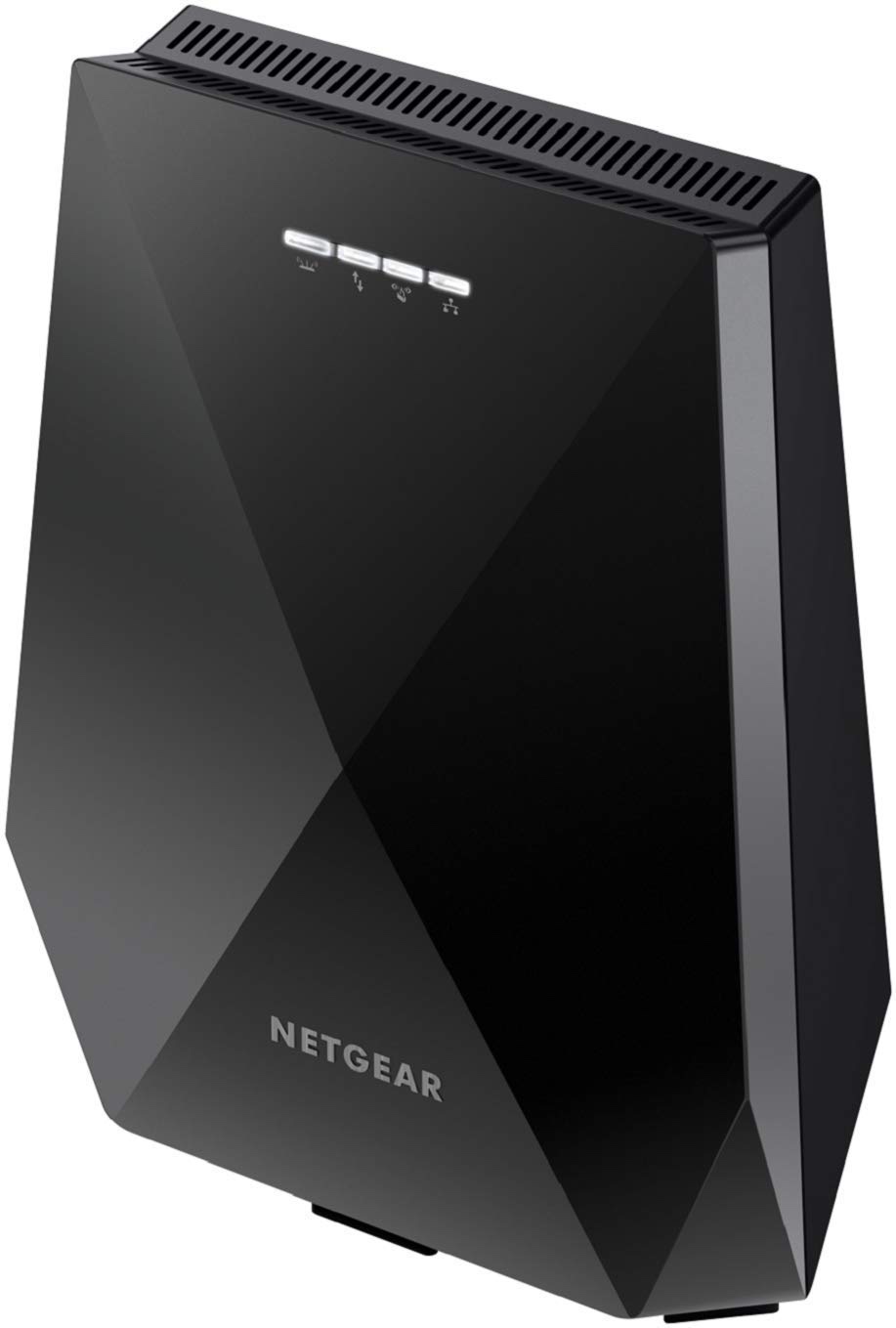 Getting set up was a doddle. After powering up the device and making sure it was in a spot with good Wi-Fi reception (as indicated by its front-mounted signal strength LEDs), I pressed the WPS button on the extender and then on my router. Two minutes later I was connected. For routers that do not support WPS, there is the Netgear Installation Assistant, which is similarly bomb-proof.
Getting set up was a doddle. After powering up the device and making sure it was in a spot with good Wi-Fi reception (as indicated by its front-mounted signal strength LEDs), I pressed the WPS button on the extender and then on my router. Two minutes later I was connected. For routers that do not support WPS, there is the Netgear Installation Assistant, which is similarly bomb-proof.
The X6S delivers solid performance. On the 2.4GHz band in the Wi-Fi dead spot, I was able to get 78Mbps. With the 5GHz band, I was able to wring out 367Mbps. Either way, the Wi-Fi dead-zone was now a goner.
The Netgear Nighthawk X6S is a winner in the setup and usability stakes thanks to its ability to offer seamless Wi-Fi coverage. Its performance is solid and is quicker than comparable non-mesh extenders because of both a dedicated 5GHz channel to communicate with the router (which frees up both the 2.4GHz and 5GHz bands for network traffic) and MU-MIMO data streaming/beamforming support. Combined with the simplest setup I’ve seen to date with a range extender, the X6S is the new recommended go-to for anyone wanting a Wi-Fi range extender.




